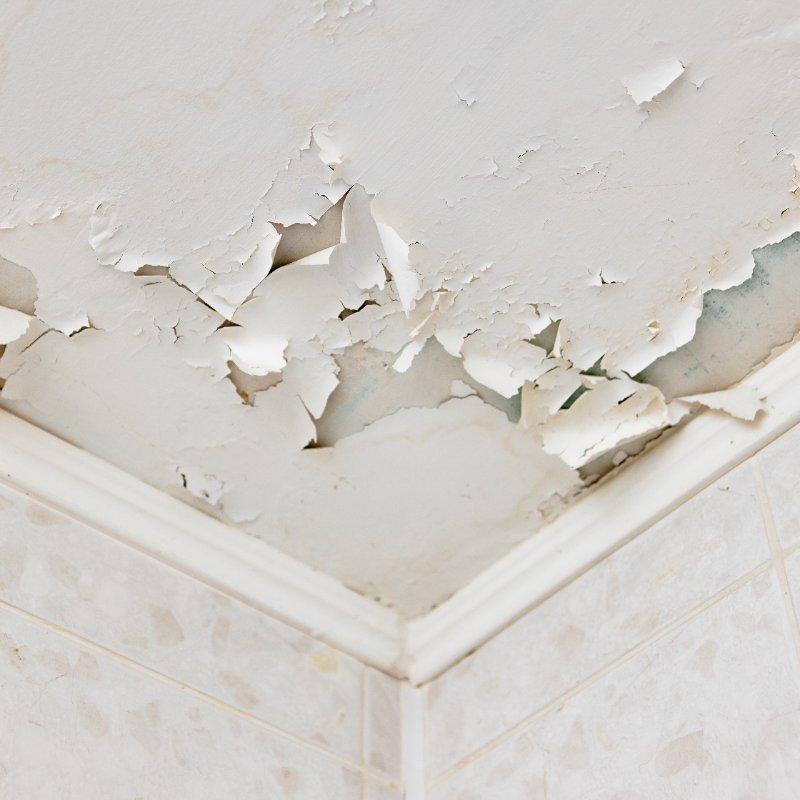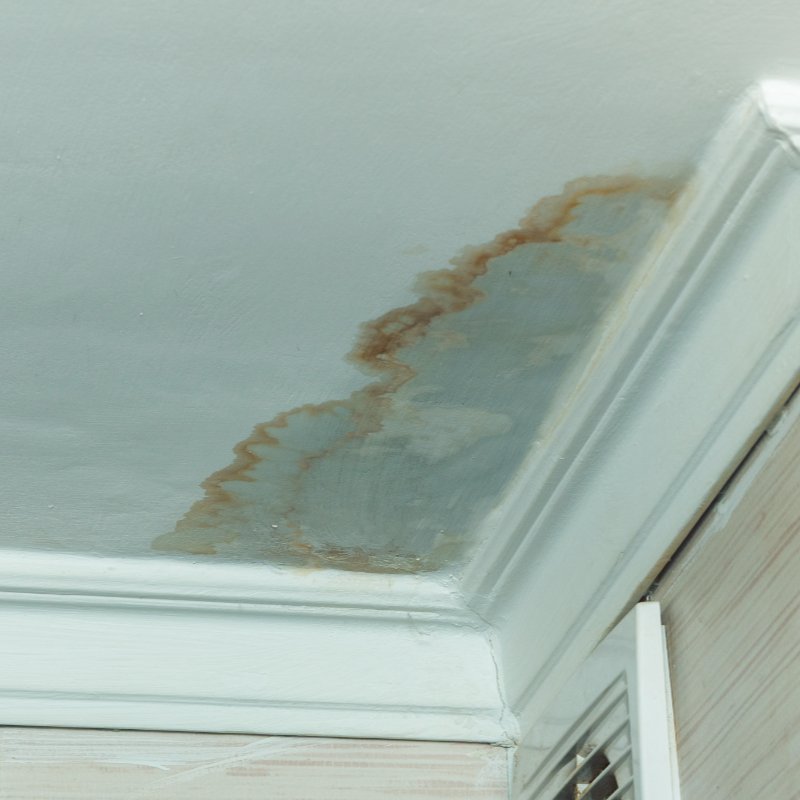
Dealing With Roof Damage
Well, it appears that the area that has been deemed “tornado alley” for years is losing that title and handing it over to Mississippi, Tennessee, Kentucky, and southern Indiana. This is one fame to claim that no state wants to have, but the states that were previously in that area are saying farewell and good riddance. And best of luck with those insurance claims for roof leak repair!
The homeowners in these new areas, many aren’t going to be familiar with the process and steps to take when they need a roof leak repair. Most homeowners in the former ‘tornado alley’ can almost cite the process and steps verbatim, like how to tell where a roof leak is coming from and how to stop a roof leak.
To start, here are some steps to take to find where a roof leak is coming from:
- Get Up in The Attic: With a flashlight in hand and being careful where you step, shine the flashlight along the underside. Look for any dark, wet spots on the sheathing and the roof beams. Look for mildew and mold if you don’t see any dark, wet spots and that is where it was wet!
- Follow The Damaged Insulation: If the underside of the roof is covered in insulation, look for damaged, deteriorated insulation. It may still be wet, or it may have mildew or mold. Now follow that damaged area and you’ll find where the water is coming in.
- Inspect the Underside: Look for dislodged, errant, missing nails, and check the roof vents and other roof protrusions.
Is a roof leak an emergency?
Well, it certainly isn’t something you want to ignore! A roof leak is an emergency if the rain is coming in profusely and you can’t do anything to stop it. Of course, if part of the ceiling caves in, then yes, you need an emergency roof repair.
Can you seal a roof leak from the inside?
Yes, but it should be considered a temporary repair only! After you have gone through the above-described process and found where the leak originated, you’ll need the following tools:
- Scraper
- Leak patch
- Waterproof caulking
- Roofing tar
Step One: Look for the Leak: Remember, finding the leaking source may take a lot of patience and time because the water travels, meaning it won’t be where the actual water is seen coming into your house. Once the area that needs roof leak repair is dry, you can apply the patch. It will not stick if the area is still wet. Mark the area with chalk so that you’re able to identify the location.
Step Two: Scrape away any wood rot or other debris; you want a clean surface.
Step Three: Spread roofing on a shingle or cut-to-size plywood and place it over the hole. Then apply waterproof caulking around the edges of the shingle or plywood.
Will my roof leak if some shingles blow off?
It may not start leaking right away, but over time, and it could just be a few days, it will begin leaking. Once it starts leaking, water is the evil enemy of a home, the damage will spread beyond needing roof leak repair.
Is it normal for a roof to leak in heavy rain?
The penetrations and other areas of a room, like the seams, around the chimney, dormers, etc., if the rain is coming down at an angle just right with a strong velocity, yes, it could leak. If you have any loose, or missing shingles and a hard, heavy rain comes in, that will be when you know for sure NOW is the time to get that roof leak repaired.
Why would a new roof leak?
Well, that would make any homeowner angry! Pay $15,000 or more for a new roof and it leaks! This would be the time you ask yourself, “Did I get what I paid for?”, because if you shopped around for a low-ball quote on roofing, you may be getting just what you paid for.
An improperly installed roof, low-grade quality of roofing materials, and/or a low-quality roofing contractor can all be the cause for a new roof to leak. However, even the best of the best contractors can have some mistakes happen, so that doesn’t need to be your first concern.
It is hard to know exactly what is causing the new roof leak, leaving you needing roof leak repairs (again!), until you have the roof inspected. First, call the contractor you used and give them the opportunity to make it right. If that is unsuccessful, call another roofing contractor, check their references first, and have them do a roof inspection.
Who can check my roof for leaks?
You can do your own check as we’ve discussed earlier. Or call a roofing contractor for an inspection, advising them where leaks are coming into the house. Your insurance company can have an adjuster come to inspect the roof, and if you’re going to file a claim, they will do that automatically.

One Last Question: Is a roof leak covered by insurance?
You pay monthly premiums, you’d like to get something in return, like roof leak repairs or replacement. But does your homeowner’s insurance cover roof leaks? If the roof leak is caused by damage stated as covered in your policy, yes, they will cover the repairs. Those leaks from an old roof with normal wear and tear or a roof that has been neglected by the homeowner will not be covered by insurance.


